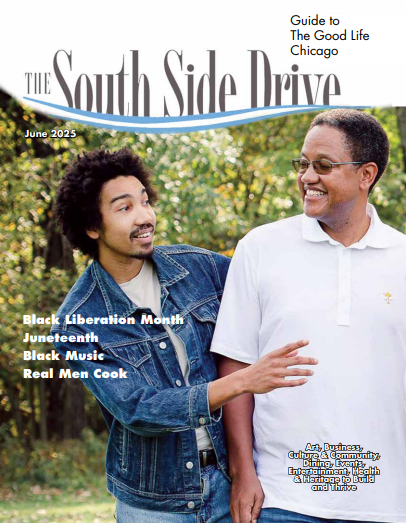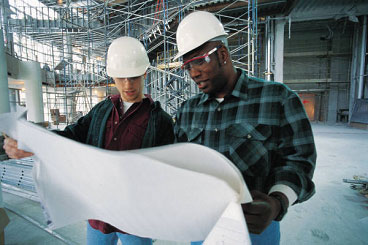“Give a man a fish he’ll eat for a day; teach a man to fish he’ll eat for a lifetime.” So goes an ancient proverb which remains relevant to this day. As South Shore strives for revitalization and reinvestment, it is imperative that every project, program, and initiative be focused on the kind of lifelong individual empowerment contemplated in that verse. The Thrive Exchange seeks to not only build physical structures but also foster long-term growth opportunities for businesses and individuals alike. Workforce development is at the core of this project.
As the country began to reopen last year after the initial shut downs due to COVID, there were national and local features on the “labor shortage”—the opposite of high unemployment—more unfilled jobs than workers available to hire.
What’s become clear is people don’t want to work for subsistence wages that leave them still struggling to get ahead after long hours and little pay. But we must also acknowledge that higher wage jobs often require industry specific skills, training and experience that make those roles difficult to attain without post-secondary education.
This is the sort of investing that our communities need and deserve. Thrive Exchange is exactly what South Shore needs.
Most development initiatives focus on bricks and mortar— tangible, visible structures which serve as proof of an investment. The work of the Thrive Exchange partners will most certainly result in new physical structures and facelifts for old ones, but perhaps its most important work will be the development of human potential, instilling hope, and creating long-term employment opportunities for South Shore residents.
Decades ago, our school systems began to shift from practical vocational preparation to “college for all”. This paradigm combined with structural racism, inequitable school funding, and a lack of career and technical education created a persistent cycle of un- and underemployment within many of our communities. Thrive Exchange is a mission-driven development seeking to stop this cycle through innovative collaborations in workforce development and beyond.

Healthcare is the largest employment sector in South Shore, which is home to several hospitals and community based clinics. With local unemployment consistently at more than twice the Chicago average, Thrive Exchange’s healthcare initiative with Chicago Family Health Center presents a
As South Shore strives for revitalization and reinvestment, it is imperative that every project, program, and initiative be focused on the kind of lifelong individual empowerment contemplated in that verse.
unique opportunity to both train and employ local residents. Not only does healthcare feed South Shore’s economy, but also it figures prominently in Chicagoland’s overall economic engine. Healthcare occupations from entry level roles in customer care and hospitality to administrative or technical roles such as radiography technicians or phlebotomists are vital ones that endure economic downturns such as the COVID-19 pandemic. These are quality jobs that allow for broad and varied career trajectories. Accordingly, South Shore could be well-positioned as a talent pipeline for the region’s top employers.
The Thrive Exchange development will support South Shore’s broader economic engine in myriad ways.
Whether by revitalizing the retail strip through new shops, restaurants, and entrepreneurship; constructing new office and residential space; or establishing a health care anchor, this comprehensive initiative will immediately bring 200 new jobs in thriving sectors like retail, healthcare, and the skilled trades. Each of these sectors offers great growth, family-sustaining wages and careers, not just jobs. The people hired to fill those roles will and must come from the community. Towards that end, Thrive Exchange has identified workforce development partners to assist in preparing, training, supporting, and placing local residents in jobs within the area and beyond. This will ensure the community is not only prepared for the jobs of today but for those of tomorrow as well. This is what true community investment and development looks like.






